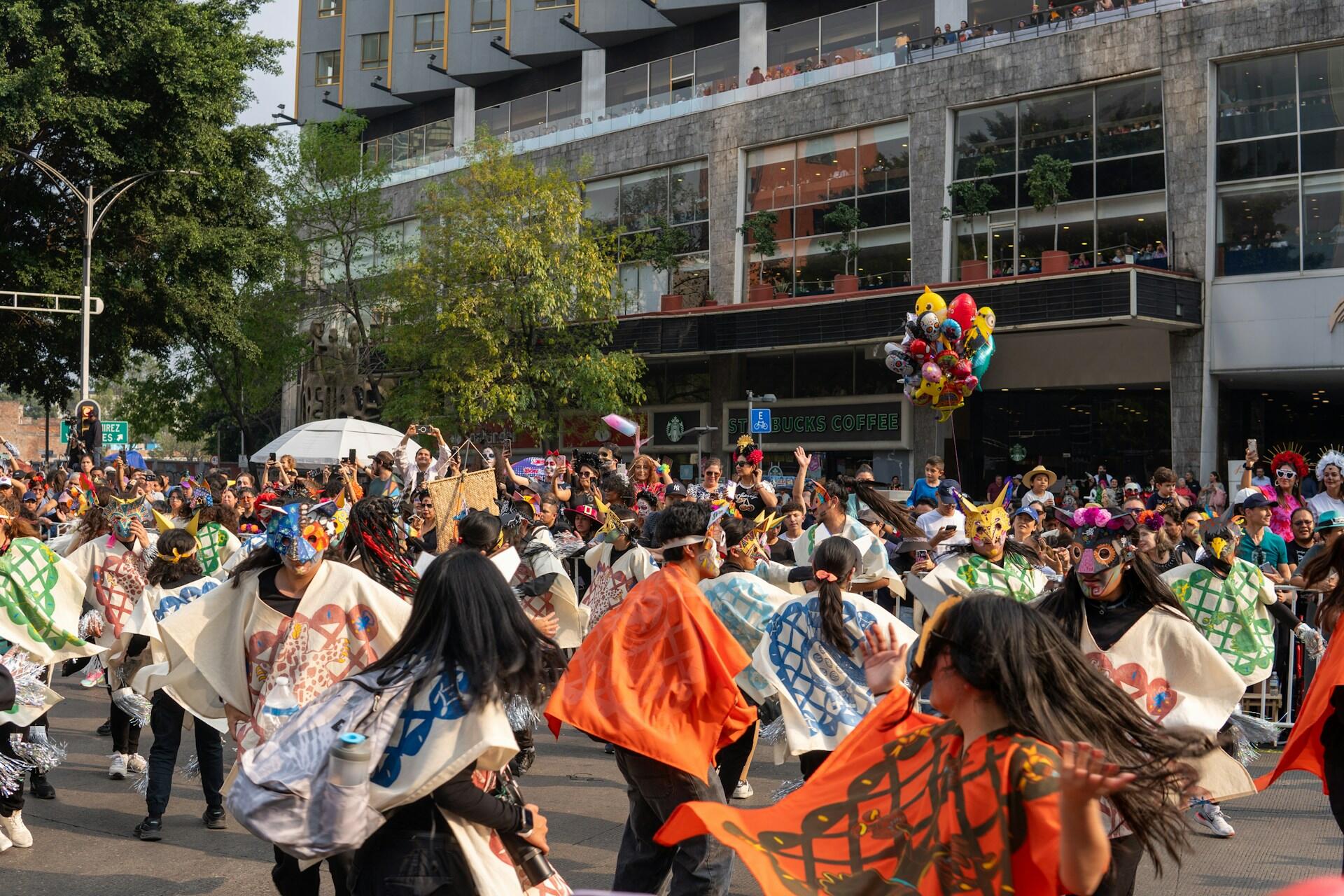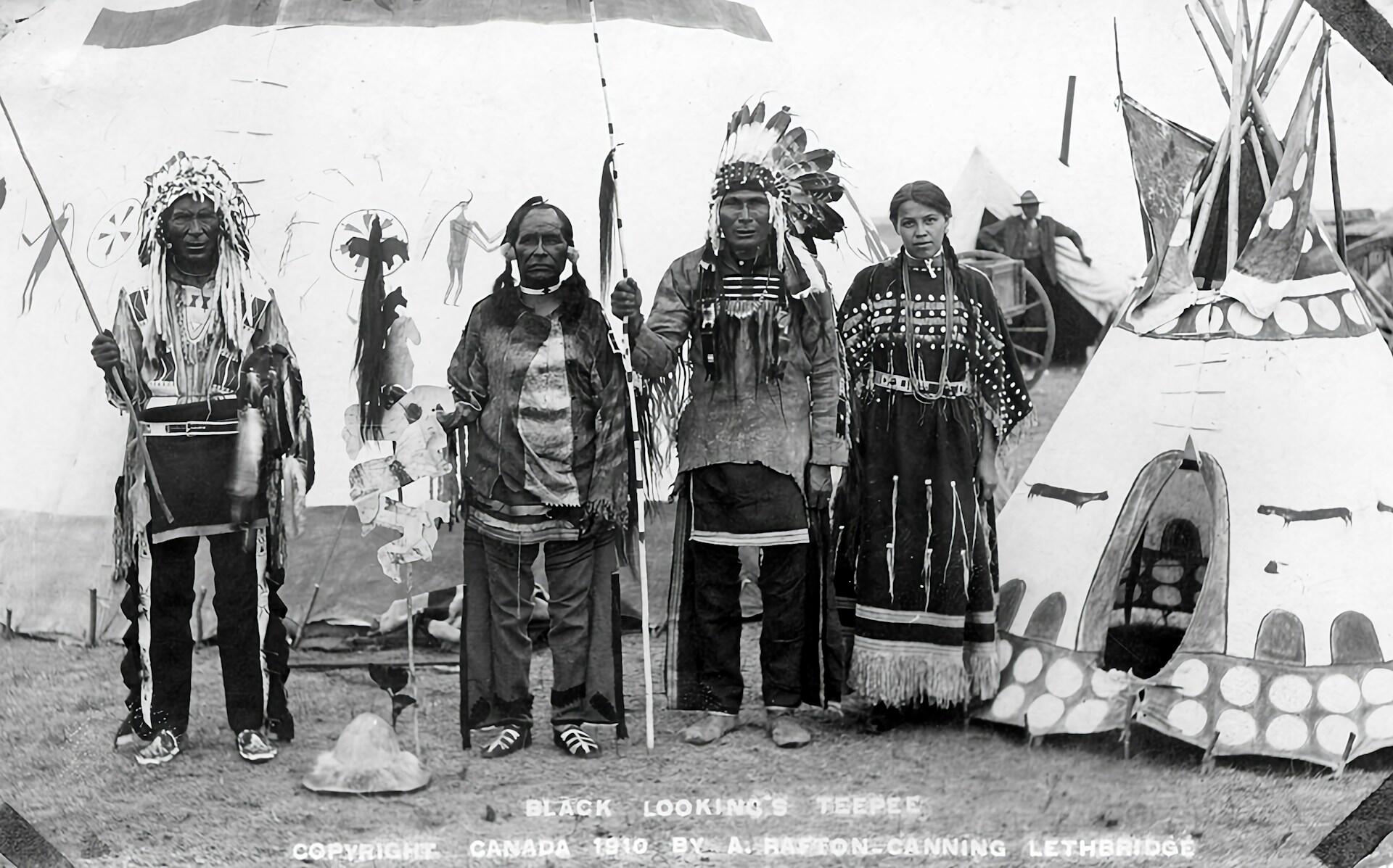National Indigenous History Month, invites us all, Canadian or not, to reflect and engage with the rich and diverse cultures of those native inhabitants. But how much do you truly know about this celebration, its deep significance, the stories it represents and the conflicts that it faces?
You’ve probably heard of it. Maybe you’ve even attended a local event or shared a land acknowledgement. But how deep does your knowledge really go?
Our quiz is a great way to see both where you stand and how much more there is to learn - It only takes a few minutes!
Quiz
Quiz :
National Indigenous History Month vs National Indigenous Peoples Day
It’s easy to muddle them up but National Indigenous History Month and National Indigenous Peoples Day serve different (although equally important) purposes. National Indigenous History Month takes place throughout June, giving Canadians a full month to learn about, celebrate and reflect on the diverse histories, cultures, and contributions of First Nations, Inuit, and Métis Peoples.

On the other, National Indigenous Peoples Day is observed on June 21, the day of the summer solstice, a day that holds spiritual significance for many Indigenous communities. It’s a time for specific celebration, community gatherings and of course, as you can imagine, honoring Indigenous traditions and resilience.
In 1996, the Governor General of Canada officially proclaimed June 21 as National Indigenous Peoples Day time for Canadians to come together, reflect, and celebrate!
National Indigenous Peoples Day Activities - How to Celebrate with Your Family
Indigenous Peoples Day is a great opportunity to help kids connect to their country's history. It’s more than just a celebration, it’s a chance to learn, reflect and grow as a people. With all that being said, here are five thoughtful and fun ways to mark the day as a family:
1. Dive into indigenous stories and traditions
Explore books, videos and podcasts created by Indigenous authors and educators. Whether it’s learning a few words in an Indigenous language or hearing a traditional legend, these stories help kids understand the depth and diversity of Indigenous cultures.
2. Join a community celebration
Check your local events calendar - many towns and cities host performances, storytelling sessions, or powwows on June 21. These gatherings are a vibrant, hands-on way for kids to experience Indigenous music, dance, food, and art.
3. Create with purpose
Bring out the craft supplies and try a project inspired by Indigenous art styles - like beading, weaving, or painting with natural materials. While you create, talk about the meaning behind different patterns and symbols, and why it’s important to approach these traditions with respect.
4. Support indigenous artists and entrepreneurs
Make it a learning moment: visit a local market or online shop that features Indigenous-made goods. Whether it’s a children’s book, handmade jewelry, or a snack, your purchase helps support Indigenous communities - and teaches kids about ethical shopping and being an ally.
5. Discover the land you live on
Use tools like Native Land Digital to find out which Indigenous Nations originally lived where you do. It’s a great starting point for conversations about land, history, and respect. It's a lovely way to help kids feel more connected to where they live today.
How well did you do?















